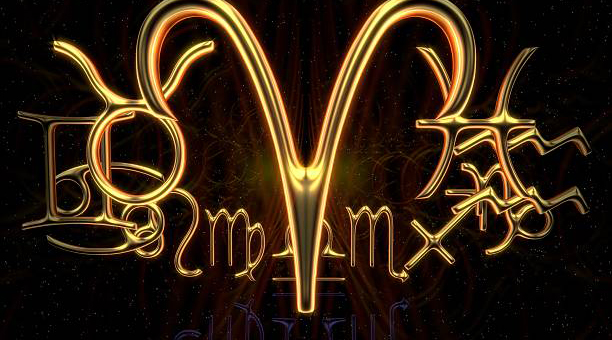傲慢与偏见英文(Exploring the Theme of Pride and Prejudice in the Novel )

The Setting and Social Hierarchy in the Novel
Pride and Prejudice, authored by Jane Austen, narrates the story of social hierarchy and the pride and prejudice that comes with it in Regency England. The novel is set in the 19th century, where the social class determines one’s worth and ability to marry into a specific social class.
Elizabeth Bennet and Mr. Darcy’s Characters
The two central characters in the novel are Elizabeth Bennet and Mr. Darcy. Elizabeth belongs to a middle-class family, and Mr. Darcy belongs to the aristocratic class. Elizabeth is initially prejudiced against Darcy because of his prideful beh*ior towards her and her family. Darcy, on the other hand, is prejudiced against Elizabeth and her family because they belong to a lower social class. Yet, their interaction leads to an exploration of the theme of pride and prejudice that goes beyond their individual characters.

Pride and Prejudice as the Major Themes
Pride and prejudice are not merely character traits of Elizabeth and Darcy but represent the social norms of Regency England. The novel also explores the ideas of marriage, societal expectations, and the significant role of women in society. It is evident throughout the novel that marriage is seen as a tool for advancing in society, rather than a symbol of love and affection. Elizabeth’s refusal of Mr. Collins’ marriage proposal and her acceptance of Mr. Darcy’s proposal might seem contradictory initially, but it highlights the theme of societal expectations.
The Misunderstandings and Judgments Arising from Social Norms
The misunderstandings and conflict between Elizabeth and Darcy stem from their ability to judge one another based on societal expectations. Elizabeth’s initial prejudice against Darcy is due to the pride he exhibits, which she sees as a sign of a lack of humility. Darcy’s initial assumptions about Elizabeth being from an inferior social class stem from his pride and ingrained beliefs of social hierarchy.
The Development of Elizabeth and Darcy’s Relationship
Elizabeth and Darcy’s relationship develop as they begin to put aside their prejudices and societal norms to understand one another better. This development is highlighted by Elizabeth’s rejection of Darcy’s proposal and eventual acceptance based on his actions and character, rather than the societal expectations associated with the class. Darcy, on the other hand, overcomes his pride and learns to include others in his considerations, leading to his acceptance of Elizabeth’s family and social class.

The Relevance of Pride and Prejudice in Today’s Society
The novel illustrates how societal norms and expectations can cloud our judgment and create prejudices, leading to misunderstandings and conflict. In modern society, people continue to exhibit pride and prejudices, leading to social inequality and discrimination. The novel, therefore, remains relevant as it encourages readers to challenge these societal norms and treat people based on their character rather than their societal status.
In conclusion, Pride and Prejudice by Jane Austen explores the themes of pride, prejudice, and societal norms in Regency England. The novel’s relevance to today’s society is undeniable as we continue to confront issues of social inequality and discrimination. Therefore, it is essential to treat people based on their character and not their societal status.
本文链接:http://xindalouti.com/a/33103538.html
版权声明:本文内容由互联网用户自发贡献,该文观点仅代表作者本人。本站仅提供信息存储空间服务,不拥有所有权,不承担相关法律责任。如发现本站有涉嫌抄袭侵权/违法违规的内容, 请发送邮件举报,一经查实,本站将立刻删除。









